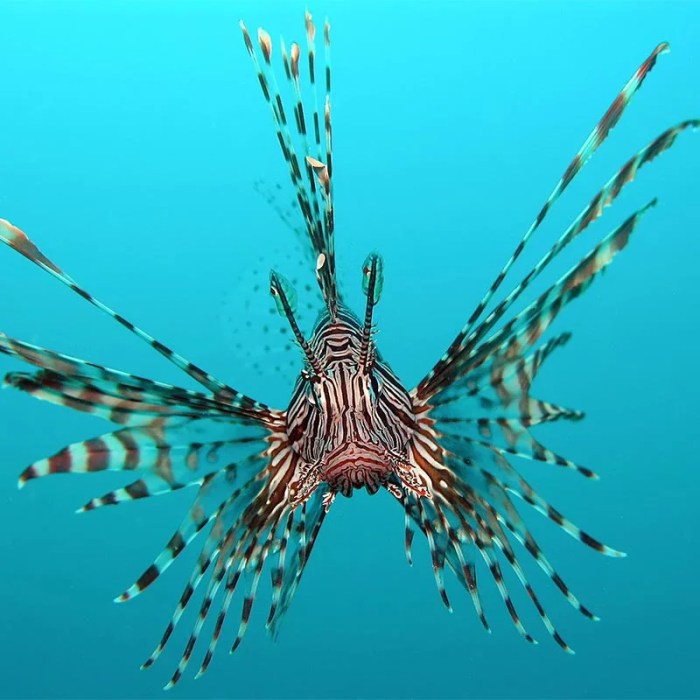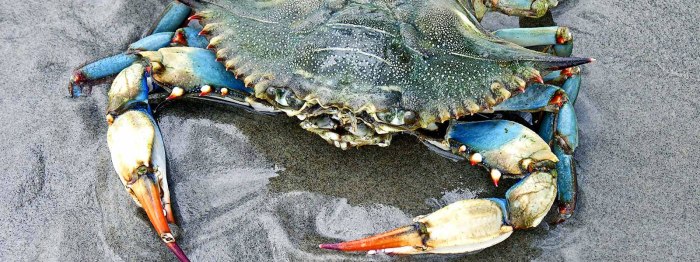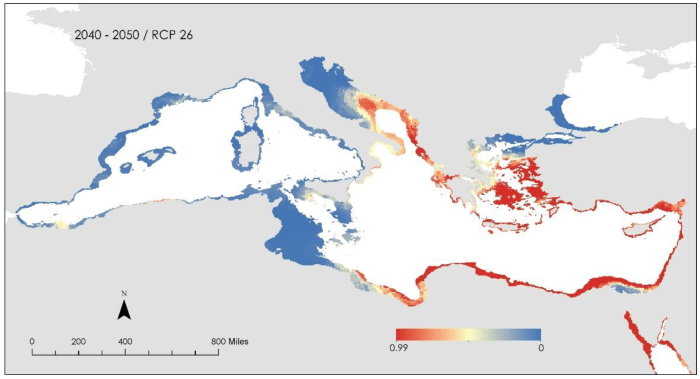Lionfish invasion density dependent population dynamics, a phenomenon that has captivated the scientific community, offers invaluable insights into the intricate interplay between invasive species and their impact on native ecosystems. As lionfish continue to spread and proliferate in various marine environments, understanding the density-dependent dynamics governing their populations becomes crucial for developing effective management strategies.
This exploration delves into the fundamental concepts of density-dependent population dynamics, examining how factors such as intraspecific competition and resource limitation shape the growth and regulation of lionfish populations. By examining the evidence of density-dependent dynamics in lionfish invasions, we gain a deeper understanding of the complex ecological processes at play.
1. Introduction to Lionfish Invasion

The lionfish ( Pterois volitans) is a native species of the Indo-Pacific region. However, in recent decades, it has become an invasive species in the Atlantic Ocean, Caribbean Sea, and Mediterranean Sea. The introduction of lionfish to these regions is believed to have occurred through accidental releases from aquariums or intentional releases by hobbyists.
As an invasive predator, lionfish have had a significant impact on the ecosystems they invade. They are voracious feeders and can consume a wide range of fish species, including native predators and commercially important species. Their presence has led to declines in native fish populations and disruptions in food webs.
2. Density-Dependent Population Dynamics

Density-dependent population dynamics refers to the changes in population growth rate that are influenced by the population’s own density. In other words, as the population size increases, certain factors become limiting and affect the rate of population growth.
Density-dependent factors can include intraspecific competition for resources such as food, shelter, and mates. As the population density increases, the competition for these resources intensifies, leading to a decrease in the population growth rate.
3. Lionfish Invasion and Density-Dependent Dynamics

Evidence suggests that density-dependent population dynamics play a role in lionfish invasions. Studies have shown that lionfish population growth rates decline as the population density increases.
This density-dependent effect is likely due to increased intraspecific competition for food and other resources. As the lionfish population grows, the amount of available food per individual decreases, leading to a reduction in growth rates and an increase in mortality.
4. Factors Affecting Density-Dependent Dynamics
Several environmental factors can influence the strength of density-dependent dynamics in lionfish invasions.
- Habitat complexity:Complex habitats provide more hiding places for prey species, making it more difficult for lionfish to capture them. This can reduce the intensity of competition for food and weaken density-dependent effects.
- Prey availability:The availability of prey species is a critical factor influencing lionfish population growth. If prey is abundant, lionfish can sustain higher population densities without experiencing strong density-dependent effects.
5. Management Implications: Lionfish Invasion Density Dependent Population Dynamics
Understanding the role of density-dependent dynamics in lionfish invasions has important implications for management efforts.
Control measures that reduce lionfish population density can help to mitigate their negative impacts on native fish populations and ecosystems. However, the effectiveness of these measures may be influenced by density-dependent effects.
For example, if lionfish population density is high, control measures may have a greater impact because of increased intraspecific competition and reduced food availability. However, if lionfish population density is low, control measures may be less effective due to weaker density-dependent effects.
Quick FAQs
What are the key factors driving density-dependent dynamics in lionfish populations?
Intraspecific competition for resources, such as food and shelter, and the availability of prey species are primary factors influencing density-dependent dynamics in lionfish populations.
How can density-dependent dynamics inform lionfish management strategies?
Understanding density-dependent dynamics can guide the development of targeted control measures, such as adjusting fishing pressure or implementing habitat modifications, to effectively manage lionfish populations and mitigate their ecological impacts.